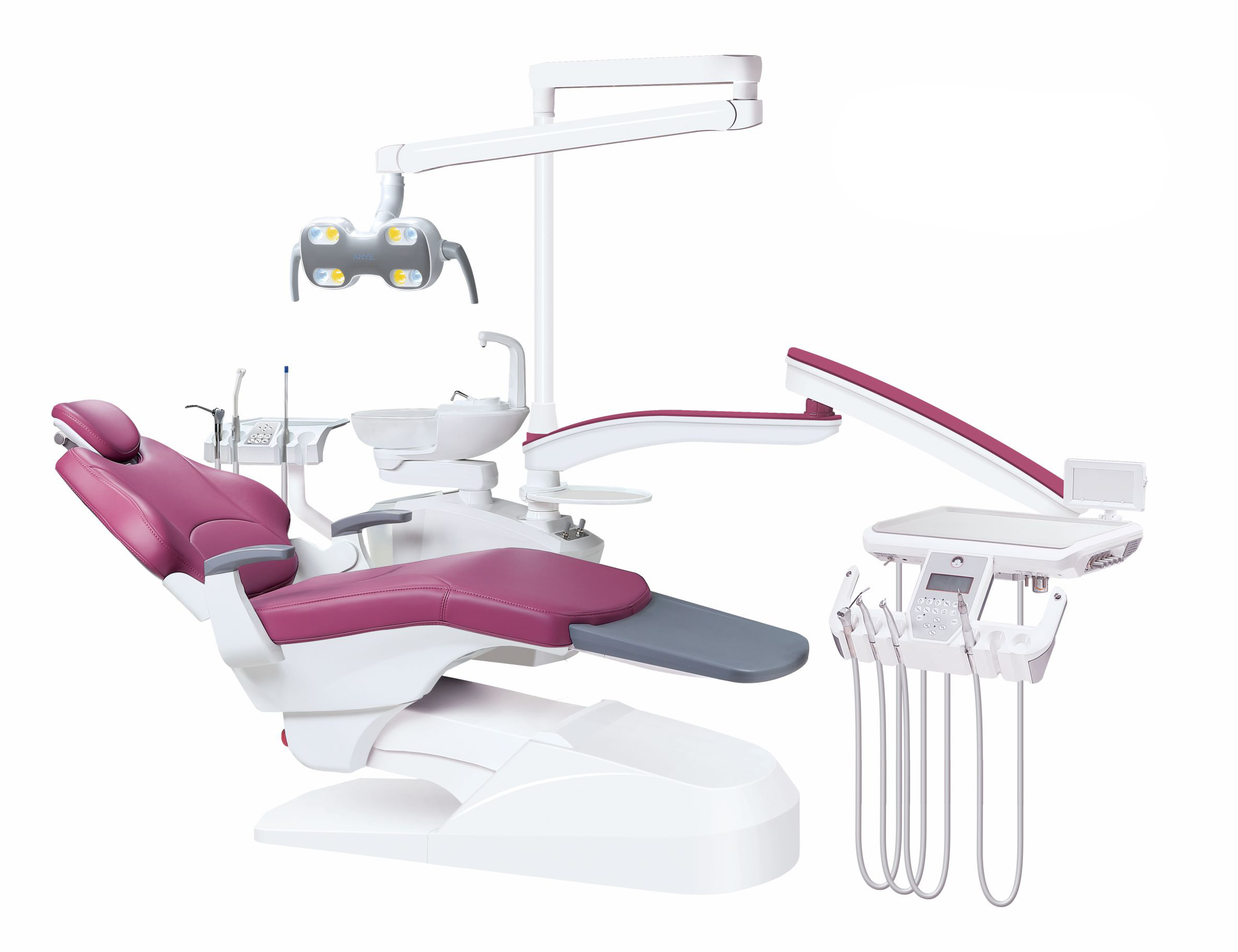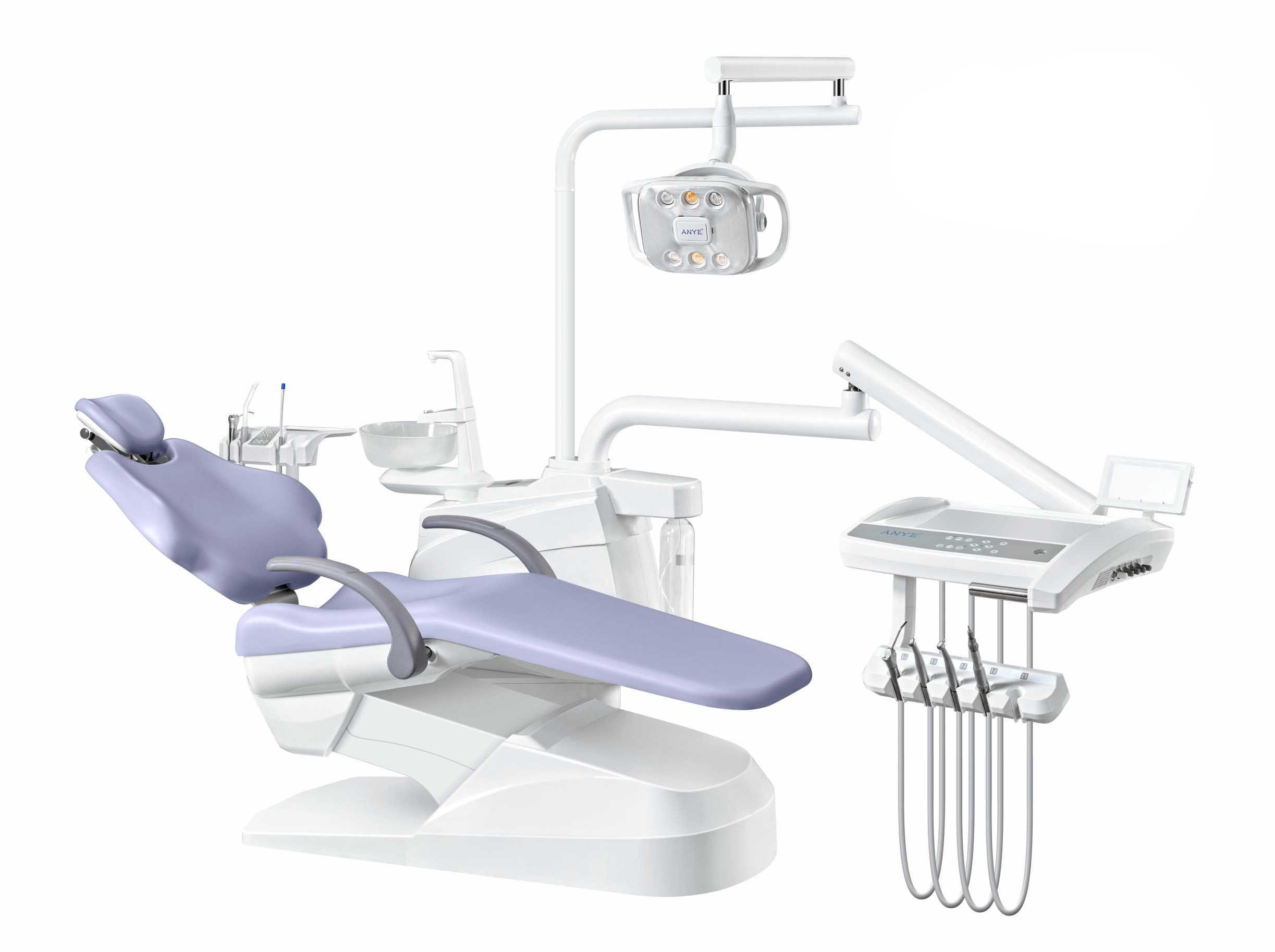Optimizing Dental Practice: A Comprehensive Guide to Dental Unit Components
In the ever-evolving field of dentistry, optimizing dental practice is crucial for delivering high-quality patient care while ensuring efficiency and productivity. At the heart of any dental practice lies the dental unit, a complex system comprising various components designed to facilitate a wide range of dental procedures. Understanding and optimizing these components is essential for modern dental clinics aiming to enhance patient experience, streamline operations, and stay competitive in the market.
Introduction to Dental Unit Components
A dental unit is a comprehensive system that includes several key components, each playing a vital role in the delivery of dental care. These components typically include:
Dental Chair: The central piece of equipment where patients sit during treatment. It is designed for comfort, support, and flexibility, often adjustable in height, recline, and position to ensure patient comfort and dentist accessibility.
Delivery System: This apparatus delivers water, air, and other instruments required during dental procedures. It includes handpieces for drilling, air-water syringes for rinsing and drying, suction devices for saliva and debris removal, and connections for various dental instruments.
Operating Light: A high-intensity light source that focuses on the patient's mouth, providing optimal visibility for dental procedures.
Spittoon/Cuspidor: A basin or sink used to collect and dispose of saliva and other debris during procedures.
Foot Control: Allows hands-free operation for functions like adjusting the chair's position or activating suction.
Instrument Tray/Table: Holds all necessary dental instruments, ensuring they are readily accessible to the dentist.
Importance of Ergonomics in Dental Units
Ergonomics plays a critical role in the design of dental units. A well-designed dental unit should prioritize comfort and efficiency for both patients and dental practitioners. Ergonomic considerations include:
Adjustable Dental Chair: Ensures that patients can be positioned comfortably, reducing strain on the dentist and improving accessibility during procedures.
Operator Positioning: The dentist's position should be optimized to reduce musculoskeletal disorders and enhance workflow efficiency.
Instrument Accessibility: Instruments should be placed within easy reach to minimize movement and maximize productivity.
Choosing High-Quality Dental Equipment
The quality of dental equipment is paramount for the functionality and longevity of the dental unit. Key considerations include:
Durability and Reliability: Equipment should withstand daily use and require minimal maintenance.
Ease of Use: Intuitive interfaces and controls enhance operator efficiency and reduce errors.
Safety and Regulatory Compliance: Ensure all equipment meets safety standards and regulatory requirements.
Enhancing Patient Experience
A great dental unit should not only be functional but also contribute to a positive patient experience. This can be achieved by
Comfortable Seating: Adjustable chairs with ergonomic design ensure patient comfort during procedures.
Amenities: Features like music, TV, or headphones can help reduce anxiety and enhance relaxation.
Clear Communication: Modern technology can aid in patient education, helping them understand treatment options and procedures.
Optimizing Workflow Efficiency
Efficient workflow is crucial for maximizing productivity and reducing errors. Strategies for optimization include:
Logical Equipment Layout: Arrange equipment in a logical order to minimize movement and enhance accessibility.
Technology Integration: Utilize digital tools for streamlined operations, such as digital imaging and patient management software.
Automation: Automate manual tasks like appointment scheduling and inventory management to free up staff for more critical tasks.
Safety and Hygiene Considerations
Safety and hygiene are fundamental aspects of dental care. Dental units should be designed to:
Minimize Infection Risk: Use self-contained water systems and disposable barriers to reduce cross-contamination.
Regular Maintenance: Regularly inspect and maintain equipment to ensure optimal safety and hygiene.
Unlock Your Practice's Potential with ANYE Dental Units
As a leading dental unit supplier, we offer a wide range of dental units. ANYE's products are designed with ergonomics and efficiency in mind, ensuring that both patients and practitioners benefit from a comfortable and streamlined experience. Our dental units are equipped with advanced features such as intuitive control systems, high-quality lighting, and robust suction systems, making them ideal for modern dental practices seeking to enhance patient care and operational efficiency.
ANYE's commitment to innovation and customer satisfaction is evident in our comprehensive after-sales support and continuous product updates. Whether you're setting up a new practice or upgrading existing equipment, our dental units are a reliable choice that can help you achieve your goals of delivering high-quality dental care while maintaining a competitive edge in the market.
Conclusion
Optimizing dental practice through the effective use and integration of dental unit components is essential for delivering high-quality patient care while enhancing operational efficiency. If you are looking for a trusted dental unit manufacturer, ANYE is ideal for you. Investing in our dental chairs to benefit your business now!




Leave a comment